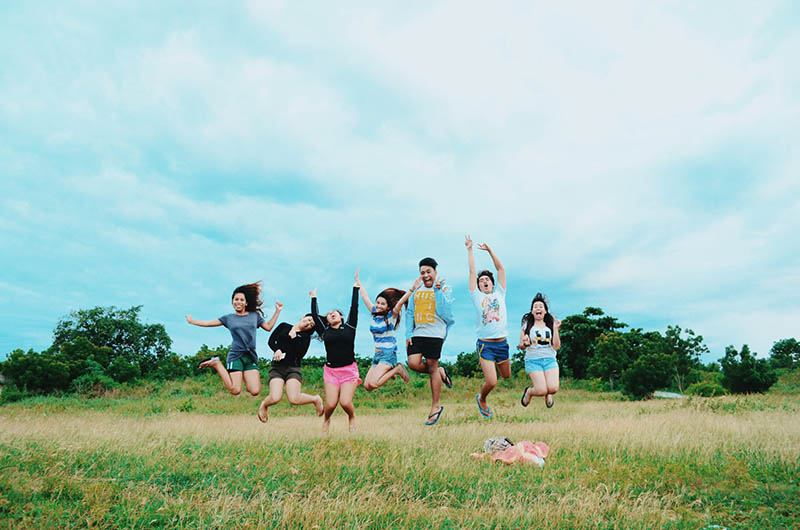
Providing life skills, safety skills, and child care training in order to build safer communities.

As a park and recreation professional, you know the youth in your community engage with your facility and programming for one purpose: to have fun! As a community leader, you want programs that help youth develop the skills needed to transition into adulthood. Finding programs that develop life skills that are also interesting and engaging doesn’t have to be as challenging as Leslie Knope’s task of filling “the pit.”
Safe Sitter® programming reaches students in grades 4-8, an often overlooked group in youth development. Young teens are valuable resources who can contribute meaningfully to your community. By investing in programs that equip them with practical skills, you help them transition more successfully into adulthood.
Young teens need to feel safe and want to learn skills that enable them to function in their daily lives. Safe@Home, a 90-minute program for students in grades 4-6, teaches students how to practice safe habits, prevent unsafe situations, and respond to emergencies such as power failures or severe weather. In addition, students also learn how to use the Safe Sitter® First Aid Chart and develop a system for assessing and responding to injuries and illnesses.
As teens enter middle school, they are often asked to care for younger siblings. Sooner or later, these responsibilities lead them to begin babysitting for family friends. Safe Sitter® Essentials is a one-day course that equips students with the skills needed to safely care for younger children.
Developed by a pediatrician, Safe Sitter® Essentials engages middle school students with activities like diapering and choking rescue, often their favorite part. Most students have only seen adults complete these skills, and students are eager and engaged to master these skills.
Mature adults can benefit from Safe Sitter® programming through Grandparents: Getting Started. This program teaches grandparents how to provide safe care for their grandchildren. Participants learn how to safely care for infants and children, as well as manage behavior and practice life-saving skills such as choking rescue, first aid, and injury management.
All Safe Sitter® programs are interactive, with discussions, role-plays, games, and activities that reinforce key concepts and make learning fun. To start teaching young teens and new grandparents the skills they need to safely care for infants and children, apply now!